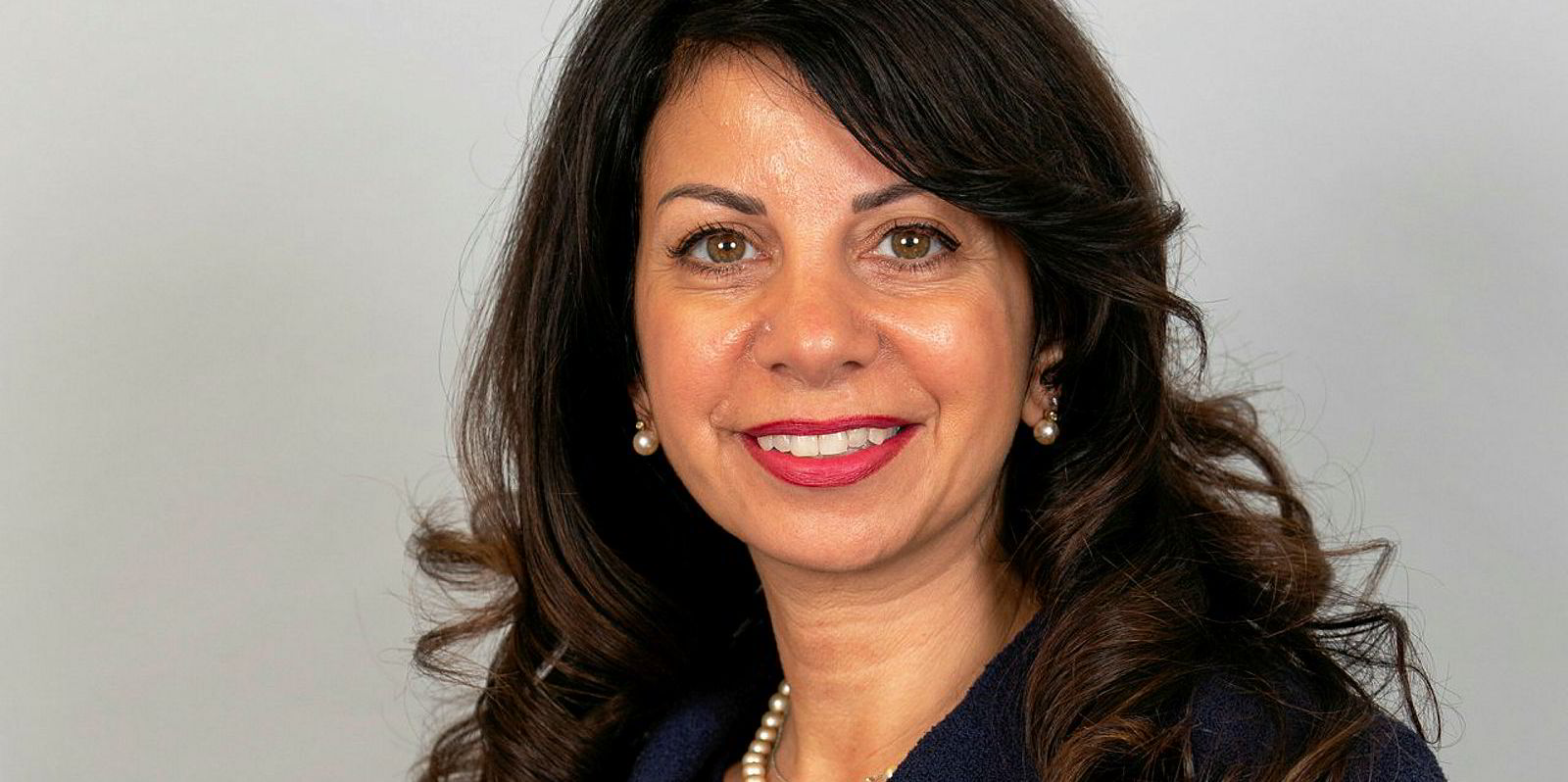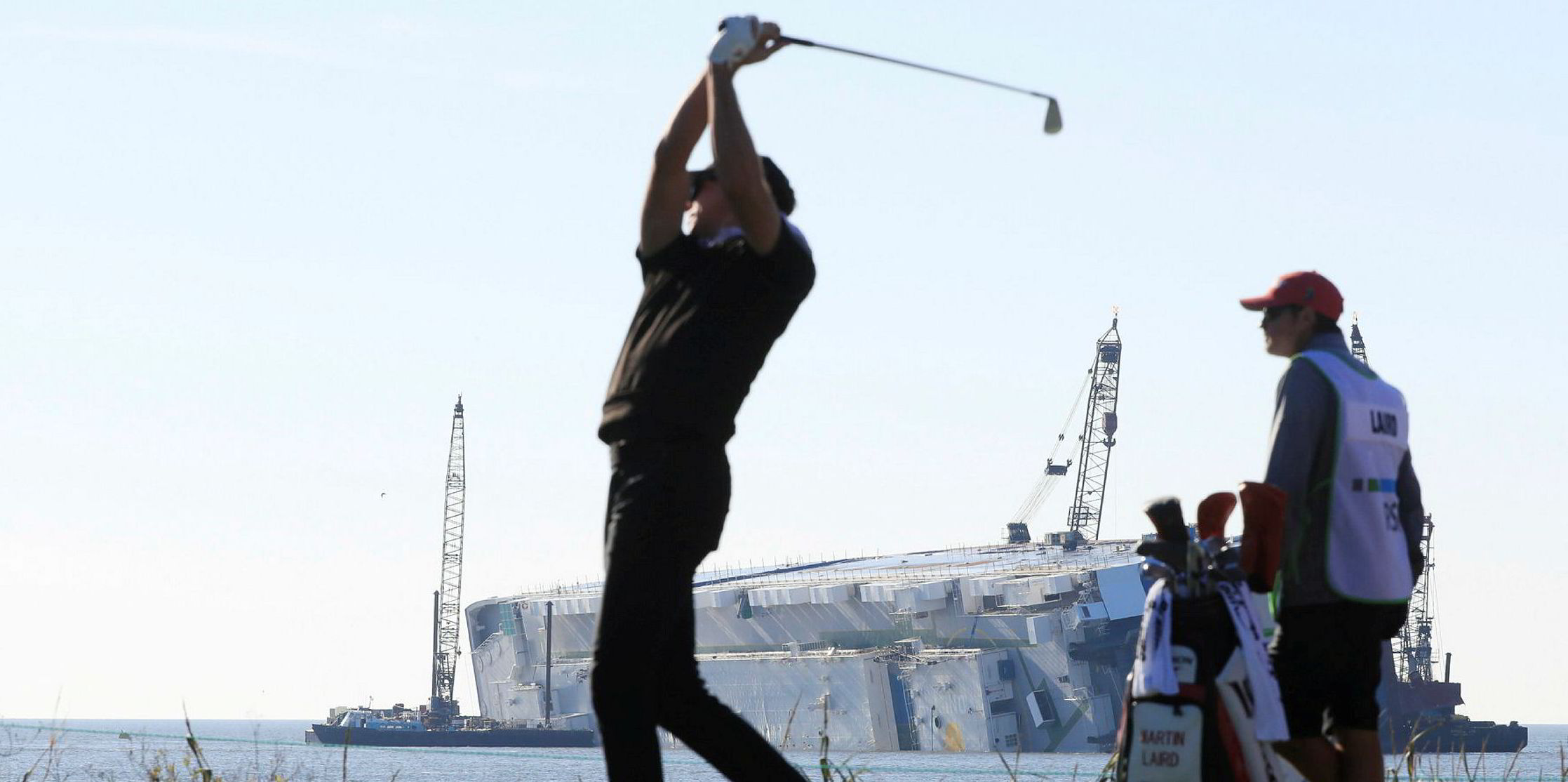Protection and indemnity insurers are entering one of the toughest rounds of policy-renewal negotiations in recent years in 2020, as they attempt to turn around three years of declining premium income.
Most of the 13 member clubs of the International Group of P&I Clubs are asking their members to pay more for cover next year, with general increases ranging between 2% and 7.5%.
Four clubs — the UK P&I Club, Britannia P&I, American Club and Skuld — have said they will not announce a general increase.
Instead, they will agree rates based on one-to-one negotiations with members with an increased focus on claims and risk profile, rather than take a general increase as the starting point for negotiations.
Only Gard has said it will not seek to increase premium levels at all.
Healthy financial state
Despite the call for higher rates, the clubs are in a healthy financial position.
Almost all of the mutuals have reserves well in excess of the European Union's Solvency II Directive's requirements and hold AAA capital adequacy ratings.
Their stash of more than $5bn in capital reserves could also be set to grow even further, according to broker AJ Gallagher. It highlighted a positive investment climate in its pre-renewal report, which could boost clubs' free reserves.
But, despite this embarrassment of riches, some clubs are starting to show an underwriting deficit in their annual accounts after years without a general increase and amid a rise in claims.
The all-important figure in the clubs’ accounts is the combined ratio, which indicates whether premium income is covering claims and expenses.
And, in almost every case, it looks as if combined ratios will exceed 100% this year, indicating an underwriting loss.
Clubs argue that if this is allowed to continue, it will put their strong capital position at risk.
West of England group chief executive Tom Bowsher said: “Every club, I think, is going to have an underwriting deficit this year. So we’re all underwriting at a loss and we’re all relying on investment income.
"If you look at it as an industry, we’ve got three very good years that are subsiding the market. I think that at the moment, yes, we are doing well, from the capital perspective, but how long can that continue? I think it’s paramount that clubs address the underwriting [losses].”
PL Ferrari broker Stephen Hawke said many owners have been prepared for the increases, with clubs signalling premium increases over the past year.
A hardening marine hull market is also helping to make the increases more understandable for owners.
Hawke said: “I think because the market itself had been so soft, and because it had been very much flagged that rates were likely to go up, shipowners were prepared for it.
“If you look alongside to the hull market, where there have been significant rises, there is a general resignation that even if prices go up, it won’t be as much as the commercial hull market.”
But, he added, many owners will still strongly resist the increases.
“The problem always is that when you come to talk with an individual owner who has a good record, they are quite legitimately saying, ‘Why on earth should our pricing go up? It should be someone else who feels the pain’.”
Punch on the nose
Marsh JLT Specialty P&I broker Mark Cracknell said clubs have gone into renewal negotiations playing hardball. But because the clubs' capital positions are so strong, many owners will contest the premium increases.

“All the clubs have started, one way or another, to take a fairly tough line," Cracknell said. "But, of course, all the arguments and logic suggests that’s not possible. It’s like the old Mike Tyson quote: ‘Everybody’s got a plan until someone punches you on the nose'.
“Our position is that we don’t think there is a financial crisis in the P&I market, and that the business is fundamentally over-priced, so we are very robustly contesting the unwarranted increases.”
The big question will be whether the push for additional premium will be enough to convince owners to move fleets.
Norway’s Gard — by far the largest of the P&I insurers — looks like it will come out the strongest from the renewal after announcing it will not increase premiums in the upcoming policy year, and even managing to return additional capital to members.






